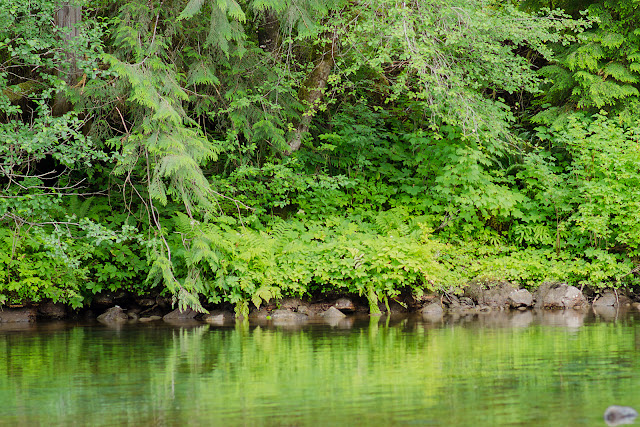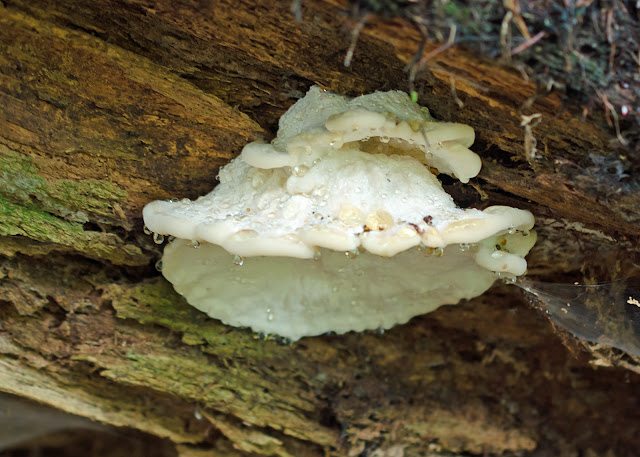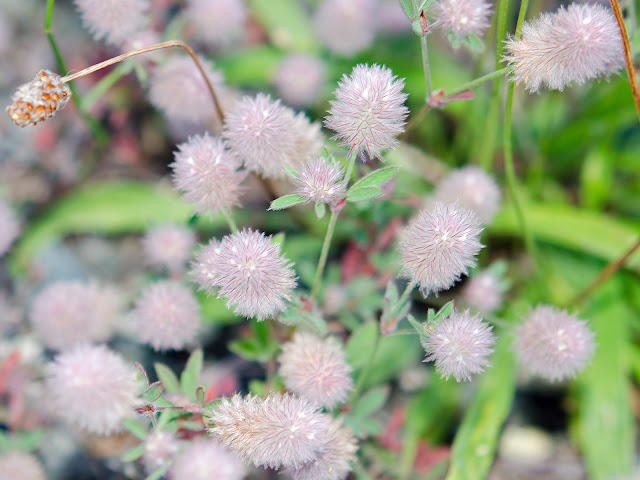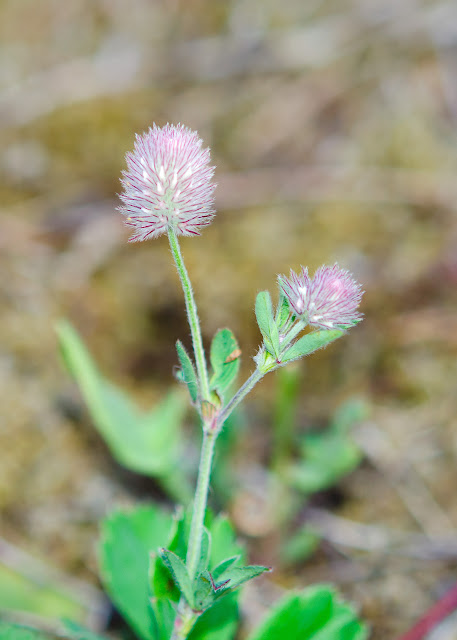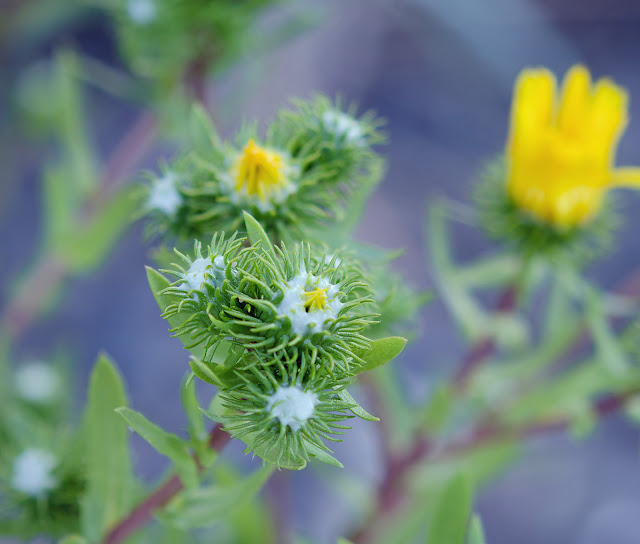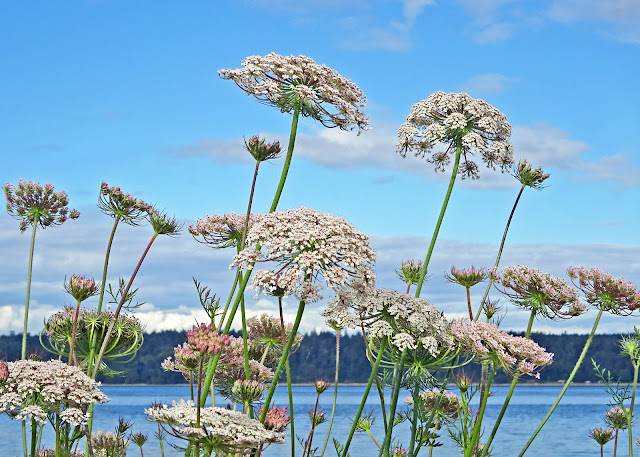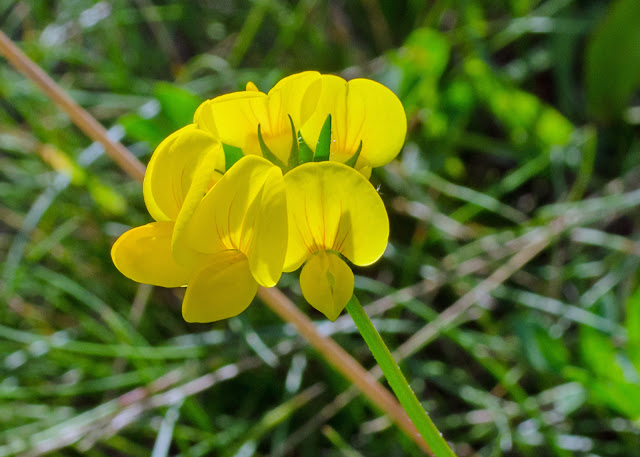This past week's travels were full of surprises. Every day, in almost every place we stopped, I discovered things I'd never seen before. Some, I'd seen in books, pale ghosts of the real thing. These gnome plants were among them.
We were lucky; earlier, it would look like a "small, blackened cauliflower head" (
Plants of Coastal BC); when it's dry, it would be brown. As we saw it, the cauliflower heads had opened up to show off the waxy pink flowers inside, still not fully developed. In a few, you can see the yellow stigma in the centre.
The leaves were not visible; the flower heads burst directly out of the wet moss and duff.
The plant is a parasite on fungi associated with trees. It has no chlorophyll, and can't make it's own food from sunlight. Down there in the duff, the sun rarely shines anyhow, but no matter; under the ground, where the sun never shines, fungi tap into the tree. The tree stands tall, reaching for the sunlight hundreds of feet above, and generously makes food for itself, the fungi, and the tiny pink flowers at its roots.
 |
| Opening head and buds. |
Gnome plants are native to western North America, and grow in mature, wet coniferous forests. These ones were on the shore of Bull Lake, just west of Gold River. GPS coordinates: 49.81314, -126.24737.
No-one knows what insect pollinates these flowers. When they mature, they produce a whitish, fleshy berry. Again, no-one knows what animal will eat the berries and drop the seeds.
I think this map might be helpful as I hop back and forth along this road, posting photos from here and there.
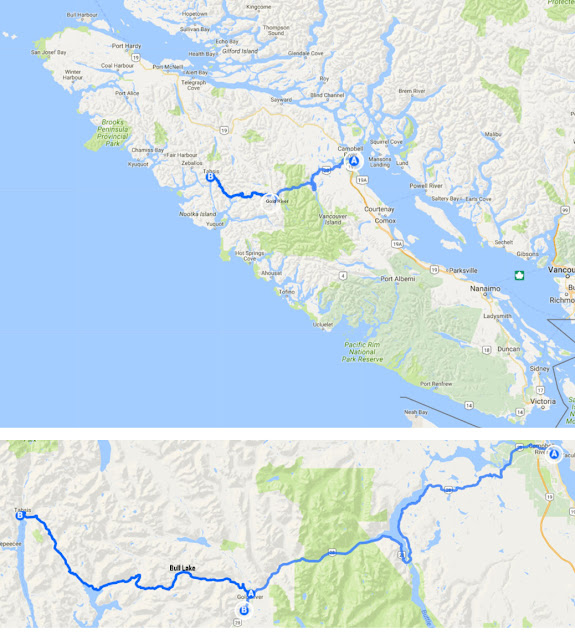 |
| The gnome plants were at Bull Lake. |
